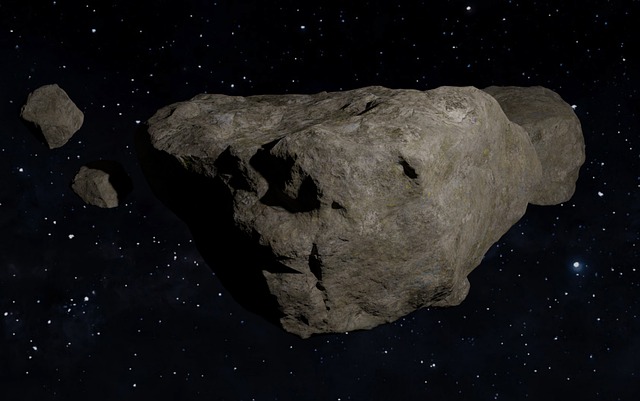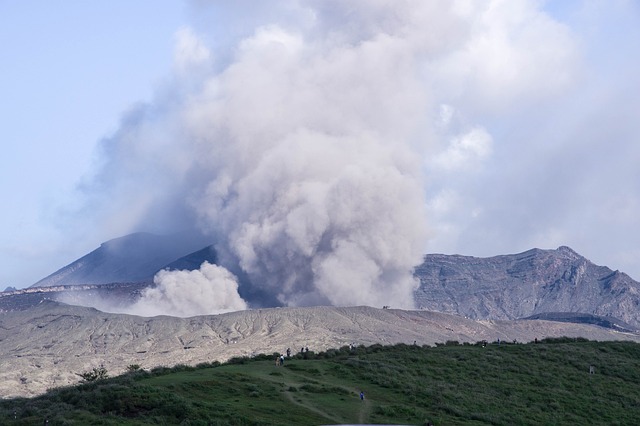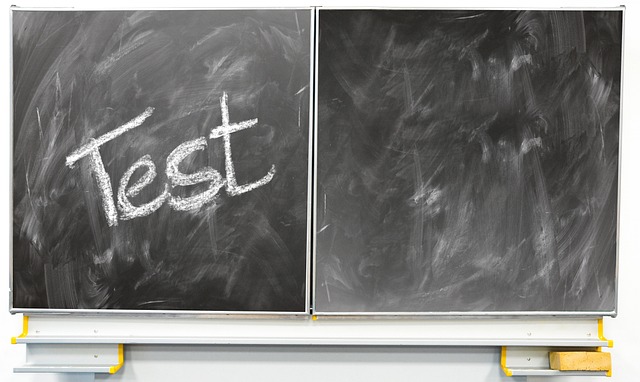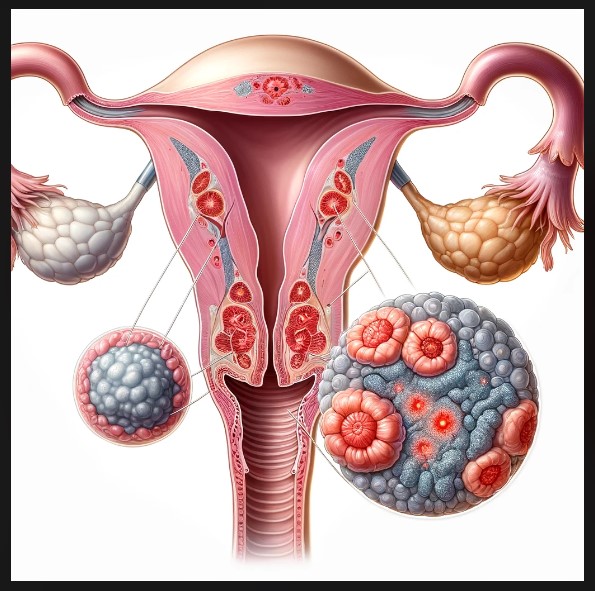Researchers debate if China’s Shi’s Star Catalog is the oldest. Discover the findings and historical context of this ancient astronomical record.

ADVERTISEMENT

Researchers debate if China’s Shi’s Star Catalog is the oldest. Discover the findings and historical context of this ancient astronomical record.

The 3i G10+ robot vacuum offers innovative dust compression holding up to two months of dust. Perfect for compact spaces!

Scientists have discovered 7000-year-old mummies in the Sahara Desert revealing new insights into ancient history and genetic lineages.

NASA is exploring two new strategies for returning Martian samples to Earth by the 2030s aiming for a faster and more cost-effective Mars Sample Return mission.

JWST’s infrared capabilities have revealed hundreds of tiny asteroids in the main belt offering new insights into planetary formation and defense.

Beneath the streets of Paris, millions of skeletons tell a tale of death and disease spanning a millennium. Scientists are uncovering the secrets within the Parisian catacombs.

Man declared brain dead in Kentucky revived before organ donation, sparking an investigation into KODA.

GPS jamming in Norway has become commonplace, affecting pilots and disrupting vital infrastructure. Explore the dangers and implications of this growing threat.

Can physics predict a car’s quarter-mile time? Yes! Learn how automotive engineers use physics to predict and optimize performance.

Amateur radio operators provide crucial communication during disasters, connecting victims, coordinating relief efforts, and supporting emergency responders. – EXCERPT

China’s Shijian-19 satellite has returned to Earth after two weeks in orbit, conducting experiments on plant mutation to enhance crop yields.

NASA is looking to Rocket Lab for a more efficient plan to bring back rock samples from Mars, a mission facing budget constraints.

Hurricane Milton spawned a record number of tornadoes in Florida due to a perfect storm of factors, including its unusual westward path and warm ocean temperatures.

SpaceX Dragon propulsive landing: A backup for safe return of astronauts in case of parachute failure.

Scientists discover macroscopic life under the seafloor, expanding our understanding of life in extreme environments and potential for life beyond Earth. #deepsea #astrobiology

Mars’s ‘Face’ Rock: Pareidolia and the Power of Perception, the human brain’s tendency to see familiar shapes in random patterns.

Arm positioning can significantly impact blood pressure readings, potentially leading to misdiagnosis and overestimation of hypertension. Learn about the gold standard method and its implications for both healthcare providers and patients.

Join us as we explore the universe with NASA’s Explorers Program, a pioneering initiative that has fueled scientific breakthroughs by launching low-cost missions.

Mount Adams, Washington’s largest volcano, is experiencing unusual seismic activity, raising concerns about a possible eruption.

A sobering report from the National Academies of Sciences, Engineering, and Medicine raises serious concerns about NASA’s future, highlighting underfunding and potential talent drain.

NASA is creating a new time system for the Moon, Coordinated Lunar Time (LTC), to address the challenges of timekeeping in space.

Conquer the CBSE Board Exams 2025 with our guide! Learn effective study strategies, time management tips, and overcome exam anxiety for success.

Marburg virus disease, a deadly hemorrhagic fever, poses a potential pandemic threat. Learn about the risks, symptoms, transmission, and prevention measures.

The CBSE Board exam pattern for 2025 is undergoing a significant shift. Discover the new emphasis on competency-based questions, the increased prominence of multiple-choice questions, and the upcoming release of sample papers.

Ram Narain Agarwal, the Agni Man, revolutionized India’s missile capabilities with his visionary leadership.

General information about Cervical cancer

The evolution of atomic theory is a long and winding road that has been travelled by some of the greatest minds in history. It began with the ancient Indians in 600 BC who gave the concept of “Parmanu” to Greeks who first proposed that matter was made up of tiny, indivisible particles. The 19th and 20th centuries saw significant advances in our understanding of atoms.
Information about Random Phenomena

A random event refers to an unpredictable occurrence that has no discernible pattern or predetermined outcome. It is an event whose outcome cannot be reliably predicted or determined based on prior information or knowledge. Random events are commonly encountered in...
For a binary representation of a number, the Least Significant Bit (LSB) is the binary 1s place or simply the rightmost bit. The Most Significant Bit (MSB) is the highest-order place of the binary integer or the left-most bit. Consider the binary...
A Type in programming is used to refer to the data type such as int, char, or user-defined structured data types. A Static type programming language is one where the data type of the variable is known before the execution of the program. This is...
A strongly typed system is one that does not allow the conversion of data types during execution, in case there is a mismatch. For instance, if “18” is presented for an integer variable instead of 18, the system raises an error. Perl, Ruby, Python and Pascal are...